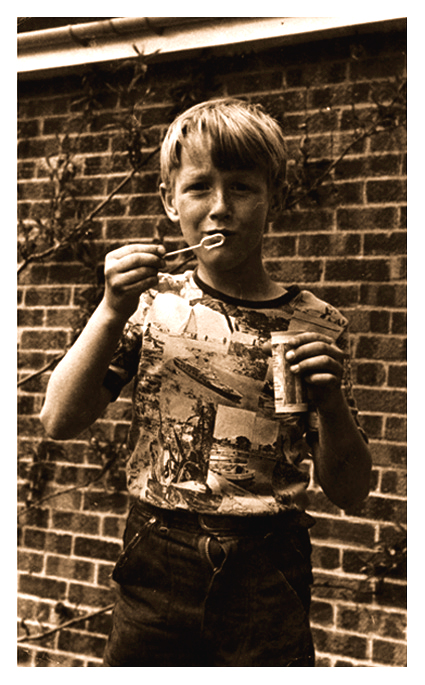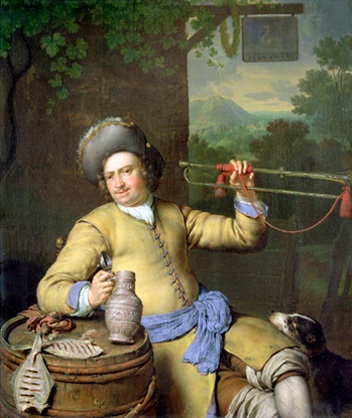Welcome to our "Lustrum" year, throughout which we’ll be celebrating De Swaen’s 10th season, because we can! This year’s programme is a party-mix of the pieces for which you, the audience, voted in April’s poll; some newly-written pieces from living composers, the odd "surprise" and those chosen by each month’s featured De Swaen member. You will know that a lot of preparation is needed for most concerts; not only by the performers you see on stage but by many others involved in the overall process of Musicking. This is our chance to honour some of our less-obvious contributors, such as Eduard van Hengel, who writes our much-complimented programme notes and principal calcant (organ pumper), Paul Kobald, who also built, maintains and transports the keyboard instruments we use.
For your indulgence and mine, this month features a newly-transcribed cantata by Telemann, which may not have been performed during his lifetime and has certainly not been heard since. Bach’s Third Suite (BWV1068) was voted second place in the "instrumental" category of the audience poll and was the first piece that I ever performed with De Swaen, in June 2007. The category winner, Des McNutty, has until April to write a "Birthday Suite" for our 100th programme.
 Photo: Although I have no recollection of exactly when the featured photo was taken by whom, it was in my parent’s back garden in Chatham, Kent, a year or so before the onset of an all-consuming musical adventure that started with my first trumpet lesson, aged 111/2.
Captured in time: a young boy, oblivious to what awaits him, carelessly blowing bubbles. Michael Jackson, Ramses Shaffy & Charlie Parker, those
paragons of the balanced mind, all had the same birthday as mine.
Photo: Although I have no recollection of exactly when the featured photo was taken by whom, it was in my parent’s back garden in Chatham, Kent, a year or so before the onset of an all-consuming musical adventure that started with my first trumpet lesson, aged 111/2.
Captured in time: a young boy, oblivious to what awaits him, carelessly blowing bubbles. Michael Jackson, Ramses Shaffy & Charlie Parker, those
paragons of the balanced mind, all had the same birthday as mine.

